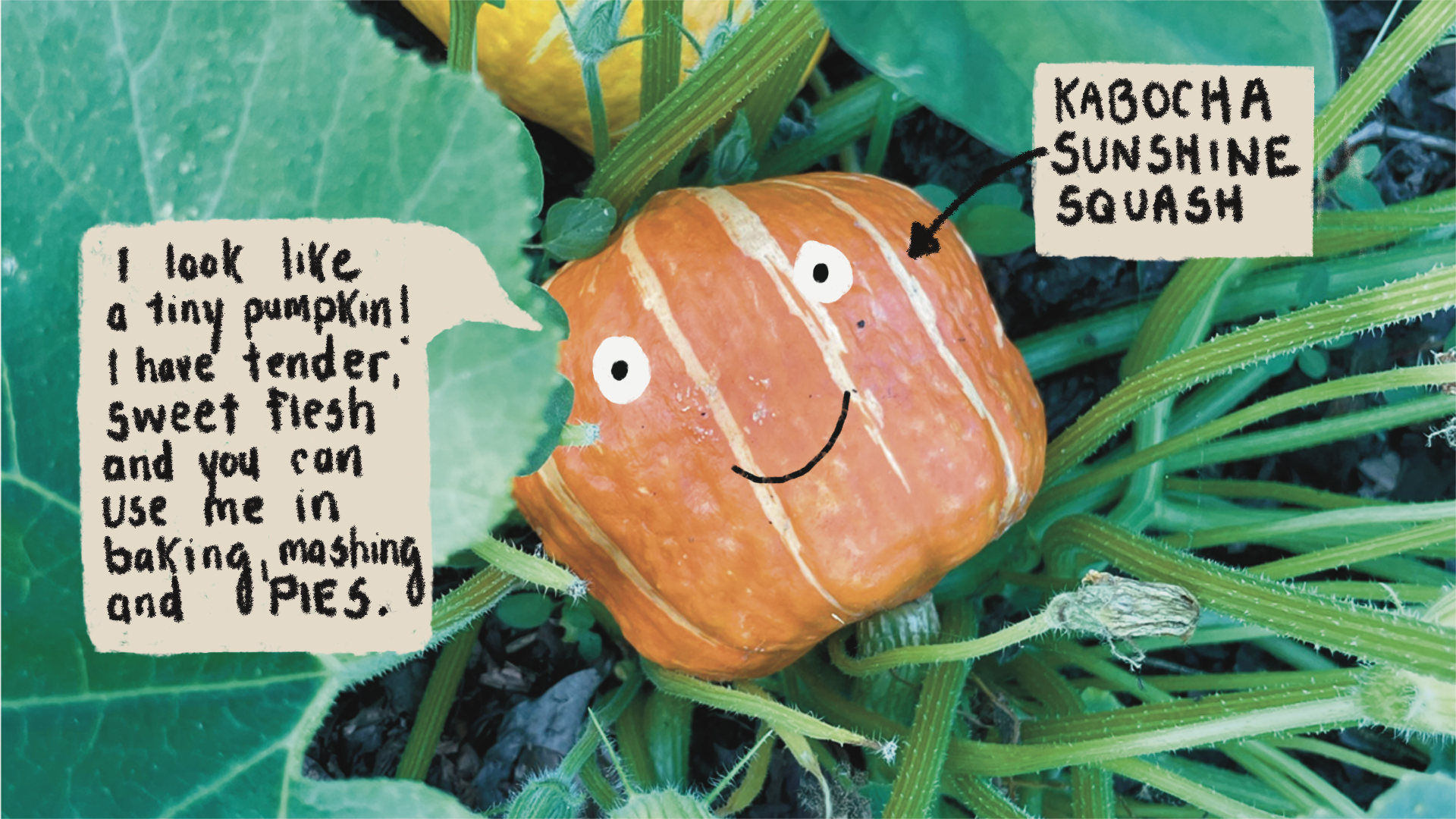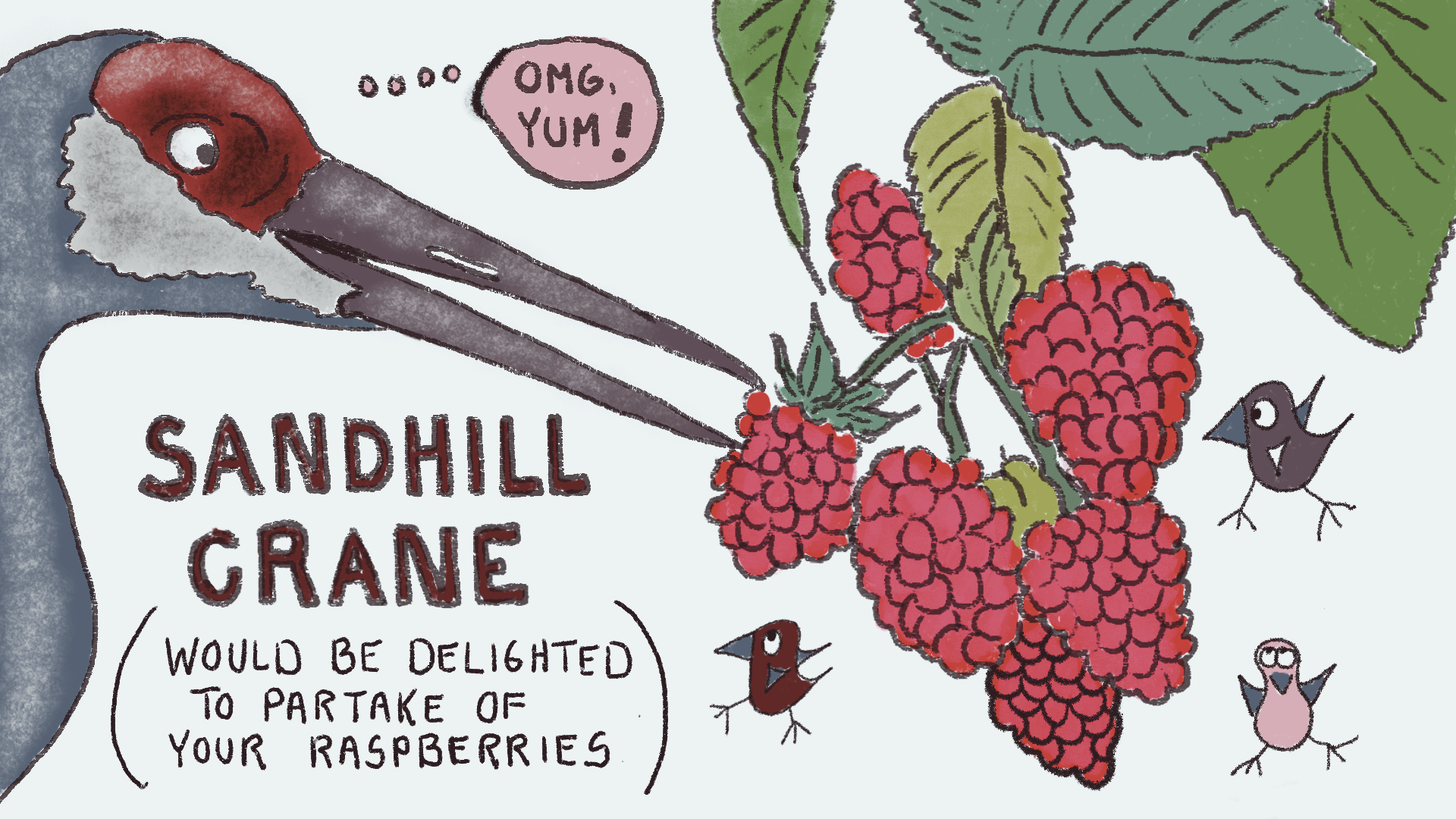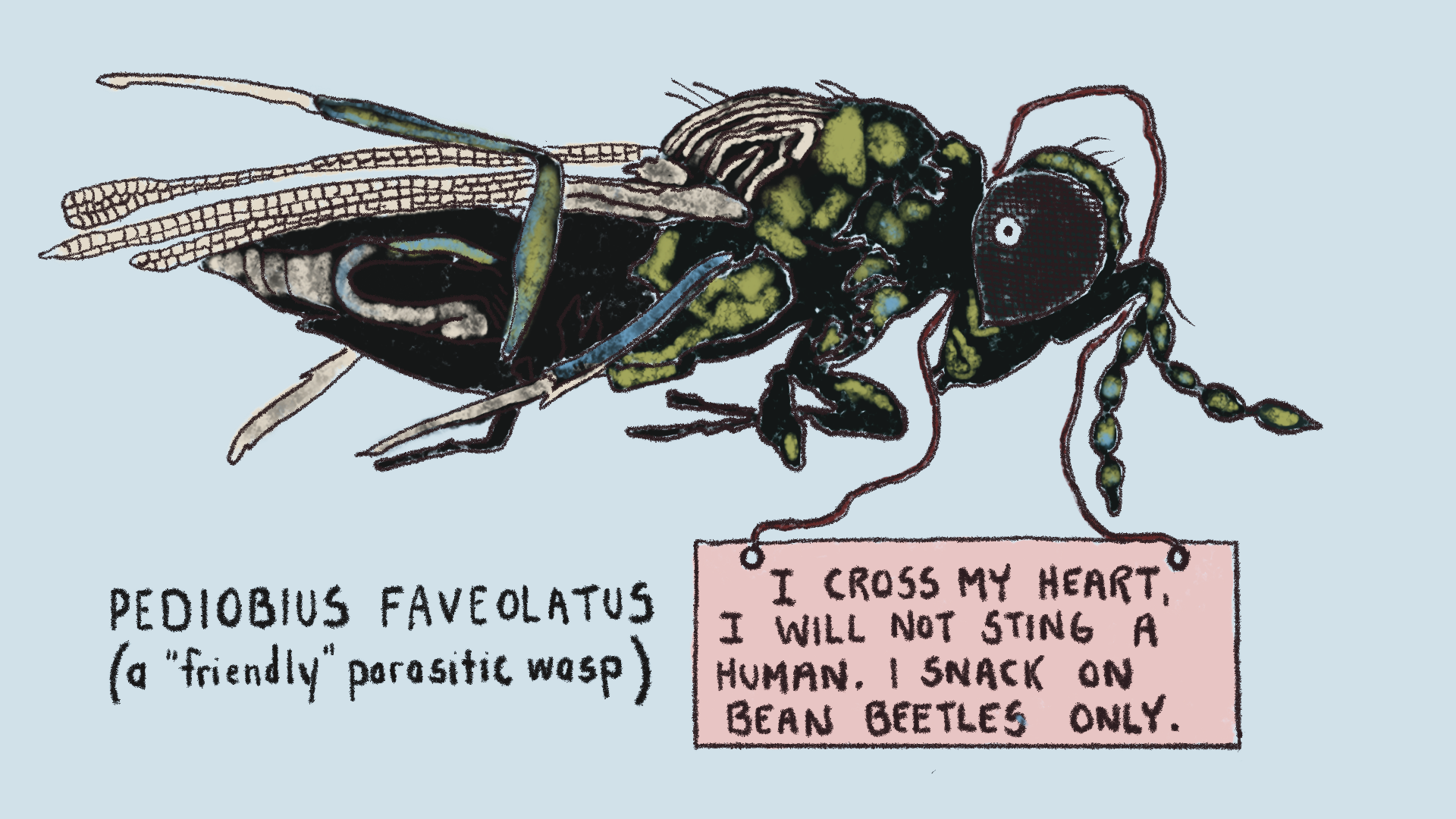
- Donate
- Watch
-
-
-
Explore Online
-
-
PBS
 Passport
PassportSupport PBS Wisconsin and gain extended access to many of your favorite PBS shows & films.
-
- TV Schedule
- News
- Education
- Support Us
-

Greetings from the . . . winter! It’s me, Sig, your occasional PBS Wisconsin Let’s Grow Stuff blogger (and garden-curious, amateur grower)! I’m . . . cold . . . and I dunno about you, but I’m dreaming about ghosts of lush green gardens past and future — a little mental hack to bring joy to the short days and long Northern nights.
With the PBS Wisconsin Garden & Landscape Expo commencing this weekend (yay!), and Wisconsinites gathering in community to celebrate gardening, I’m sharing some interviews I conducted in July and August while trying to learn more about community gardening with Let’s Grow Stuff. Applications for available plots open up as early as February across the state, so it’s a great time to think about the history and delights of community gardens.
My first chat last summer was with our very own Let’s Grow Stuff production team, Executive Producer Laurie Gorman and Producer Emily Julka, who tended their own “production plot” at one of the oldest and largest community gardens in the United States, Eagle Heights Community Gardens along the Lakeshore Nature Preserve in Madison Wisconsin.
Q: What motivated the production team to get a garden plot at Eagle Heights?
Laurie Gorman: I credit Emily with the idea. In previous seasons, we’ve filmed Let’s Grow Stuff episodes with our hosts and guests at their community garden plots — at places like Eagle Heights and Troy in Madison — and, this season, it occurred to us that planting our own production garden would be a practical and fun way to help us plan for interesting show segments. If we knew we wanted to make an episode about planting and harvesting spring onions, for example — we could grow spring onions!
Emily Julka: Yes . . . so we applied to Eagle Heights, asking their permission to grow in a space where we would occasionally record the show but also honor other gardeners’ privacy. And they gave us a (green)thumbs up!
Q: How does having the plot enrich the production and your work?
Emily Julka: The “community” aspect is really remarkable. Learning and working alongside other growers helps us get a sense of what gardeners are excited about and experimenting with. Also, witnessing the generosity of gardeners — their impulse to share food they’ve grown, their willingness to exchange tips and tricks — is such a treat. In Let’s Grow Stuff, we like to cover the social aspects of gardening along with the “how to’s,” and at Eagle Heights we’re right in the center of that.
Also, Eagle Heights is part of UW-Madison, as is PBS Wisconsin, so we have the opportunity to connect with our broader institution. Often, we share the garden produce with the PBS Wisconsin staff . . . and invite them to help us weed (wink)!
Q: Now for the good stuff — what are you growing?
Laurie: We have a plot that’s a little over 25 square feet, so we’re growing a lot — Emily plotted it out. We’re growing onions, basil, tomatoes, zucchini, yellow squash and lettuces as part of our original plan. The squash variety is called “Kabocha Sunshine” and they’re beautiful — they look like little pumpkins!

We wanted to add some color, too, and plants that attract pollinators, so we have cosmos and zinnias and a little forest section of sunflowers.
Emily: And along the way, we added bonus stuff. One Eagle Heights gardener gave us fenugreek seeds. Another handed over seeds from a cucumber variety I’m unfamiliar with. I threw some green beans in a sparse, unloved section I spotted in the garden.
We got free seeds from the Madison Public Library’s Seed Program so we have abundant marigolds. Oh, and we have a volunteer pea plant! There’s actually a lot of volunteers in the garden — plants that just showed up: tomatoes, ground cherries, onions . . . and I think one potato.
Q: You both grow stuff at home, too. How has growing in a community garden been different?
Laurie: There are certain weeds we get here — like purslane — that I don’t get at home, and vice versa. I never have success with sunflowers at home because the chipmunks eat them, and yet we have this little thriving sunflower forest here. We don’t see as many chipmunks and rabbits at Eagle Heights but I don’t know why, and hypothesize that the hawks get ‘em. Our plot is in full sun, so everything seems to be coming up early, and all the plants are really thriving.
Emily: The soil is in great shape — it’s been gardened before and people have used the Garden’s leaf mulch to feed it. They also have bark mulch. My experience has been that Eagle Heights makes it really easy to succeed.
Q: What animal and insect friends (and enemies) take up shop in the community garden?
Laurie: We have friends like turkeys and sandhill cranes who visit. The cranes really love our neighbor’s plot because they snack on their raspberries, we learned.

Recently, Eagle Heights alerted us to a pest — a bean leaf beetle larvae which will feed on the underside of leaves and destroy a garden or crop. The gardens are managing the pests by releasing “friendly wasps” — a type of parasitic, non-stinging wasp that will eradicate it by neutralizing the larvae.
Emily: That’s another thing. We learned about the wasps in the regular newsletter published by the garden. Eagle Heights offers several educational resources: the newsletters give tips and planting advice through the changes of the growing season; they host two plant sales and provide videos online; they teach gardeners how to be good stewards and good neighbors.

Q: You’ve talked a bit about your appreciation for the social aspect of community gardening. Can you elaborate?
Emily: For one thing, our garden neighbors have been a bridge to our understanding of the plot we inherited. We had no knowledge of the condition of its soil and chose not to get it tested, but our neighbors, who were acquainted with the previous growers, shared a bit about what they grew and how they had improved the soil. That was a big help. I like thinking about the history of the way a patch of land was tended.
The serendipitous encounters we have with other growers are really affirming. Eagle Heights is incredibly diverse, reflecting students, faculty, and community from around the globe who live in Eagle Heights housing and adjacent neighborhoods. I’ve traded produce with gardeners in encounters where neither of us speak the other’s language, but we can communicate knowledge about the food we’re sharing using translation apps on our phones.
Q: Finally, without thinking too much, what are some of your favorite things about being at Eagle Heights?
Laurie: The mornings are magical. Just coming up over the hill, you walk through the trees and you smell the whole garden as folks are watering. It immediately relaxes your soul.
Emily: In the spring, when people begin preparing their garden beds, everyone shares an infectious, excited fever for the growing season which is awesome energy to be around after a long winter.
And there are so many birds! Bird watchers come through the gardens all the time with their binoculars.
There’s such a lovely openness to the place — a vibe where you can call out to a neighbor, a stranger, and say, “hey, do you want some of this rhubarb?!”
***
Learn loads more about gardening by exploring the entire Let’s Grow Stuff series. Find out about local community gardening opportunities by visiting your city or county website, as well as your University Extension office.
What do you think?
I would love to get your thoughts, suggestions, and questions in the comments below. Thanks for sharing!
Sigrid Peterson